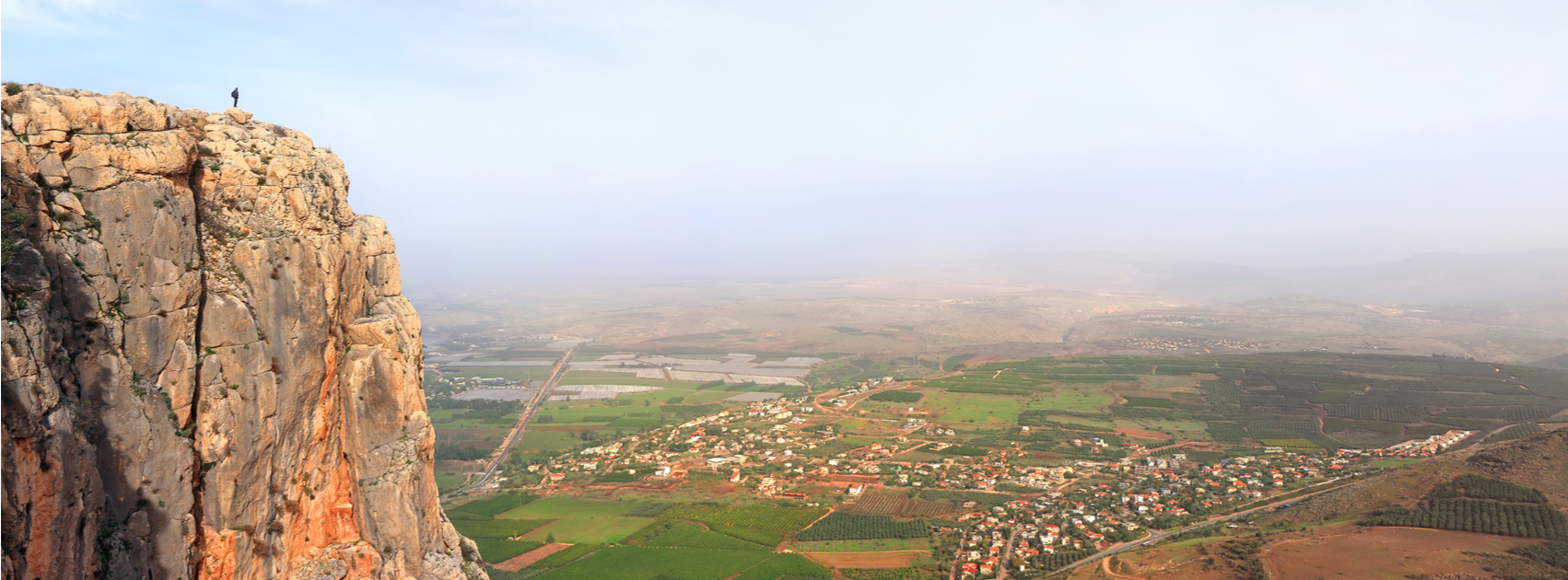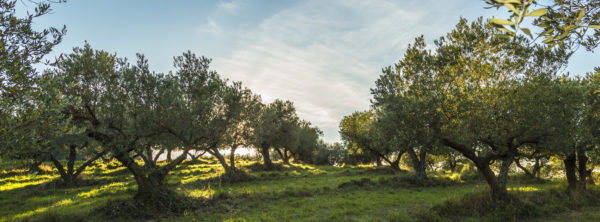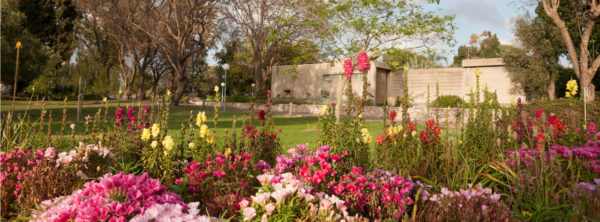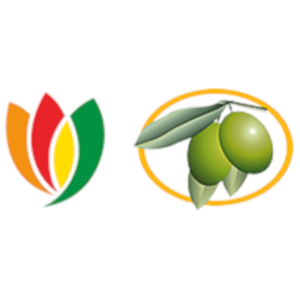Dating back from biblical accounts up to modern day, the Jewish people have a history of working the land. The Bible speaks of the Jewish homeland as “a land flowing with milk and honey” (Exodus 33:3). This paints the picture of a rich and abundant countryside. The land’s produce was understood to be a sign of blessing and provision.
Today, more than half of Israel’s land is desert climate and dry land, which seemingly would be counterproductive to farming. However, since 1948, when the Jewish state was established, agricultural production grew three times greater than the population.
This burst in agricultural production began as Jews moved back into the homeland. Agricultural communities such as kibbutz and moshavs began to take root. Both types of communities focused on community labor.
- Kibbutz means, “gathering or clustering” in Hebrew. This agricultural community was made up of collective efforts and communal sharing. Each member or family’s production benefited everyone.
- Moshav means, “settlement or village” in Hebrew. This agricultural community was made of individual family farms working their own land.
These two types of farming communities that were established in the early 1900s, following waves Jewish immigration, are still a vital part of their economy today. In fact, between the two farming communities, 76 percent of the country's fresh produce is output.
A.D. Gordon, an early Zionist, believed that the Jewish people needed to be reconnected to their land, and through working the land would gain both a spiritual and economic foundation and unity. This idea was presented more than 100 years ago… and we still observe this connection between the land and its people today.
A culmination of Jewish diaspora (exile, dispersion or scattering), anti-Semitic laws prohibiting land ownership, and Jews seeking higher education, began to bury the passion for working the land. However, laws and governments were not able to take this deeply rooted legacy of planting away from the Jewish nation.
During Aliyah, the Jewish people returned to a land that was dry and arid, and used their innovative technologies and skills to revive and renew the soil. The neglected soil and rocky hills were cleared, and systematic restoration began.
Today, Israel is leading the world in agricultural research and development. These agricultural innovations have led to discoveries such as vermiculite, a crop boosting soil conditioner, and drip irrigation, a more efficient way to conserve water in crop farming.
Simcha Blass’ discovery of drip irrigation in the 1930s led to water conservation utilized by farms in California and around the world today. During the drought of 2015, farmers in the United States were looking for innovative ways to conserve water, and through drip irrigation some used 35% less water compared to surface or sprinkler irrigation. One farmer reported getting “70% more tomatoes per 1,000 gallons of water,” according to an article published in the New York Times.
Agriculture has always been a long-term economic boost, but the story of its revival in Israel by the Jewish people is unique. As the land thrives, it brings hope and restoration to the people. Join with Israel today… plant hope for their future, and for yours.








